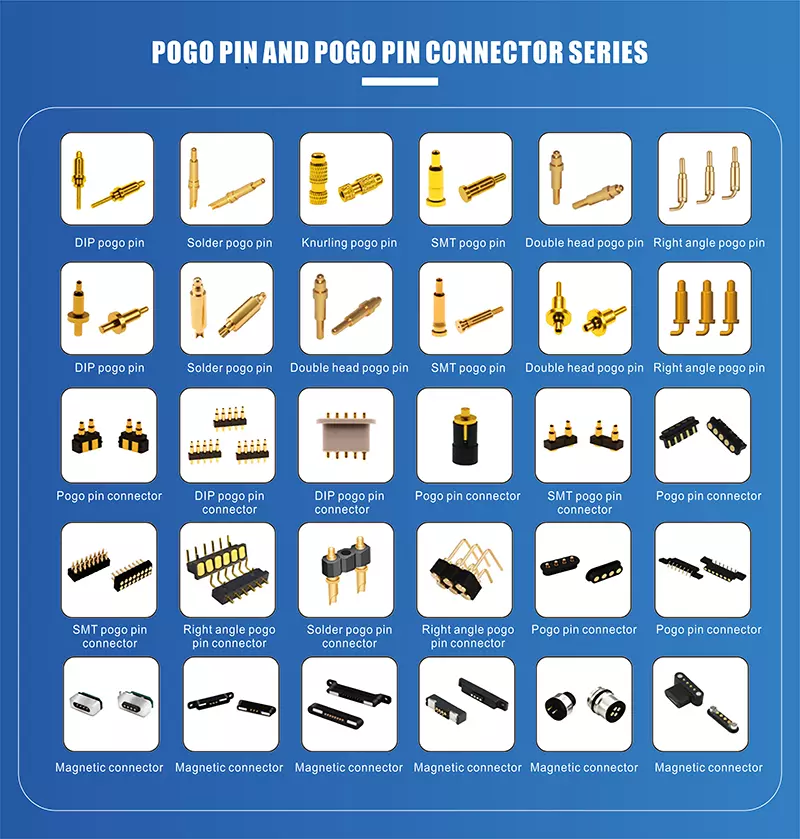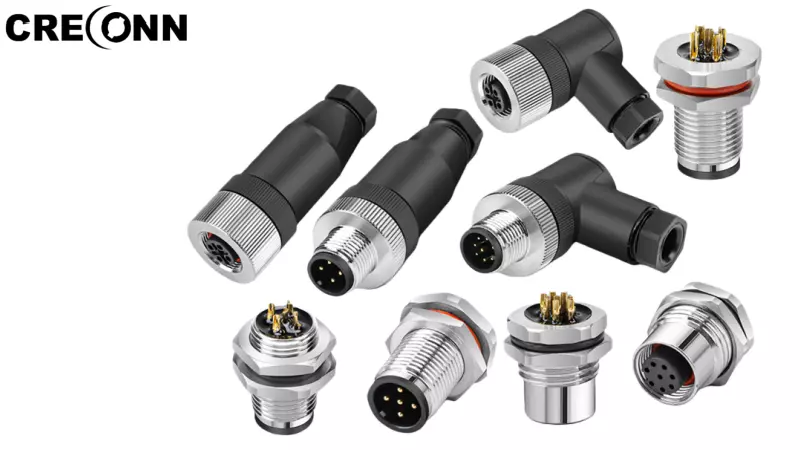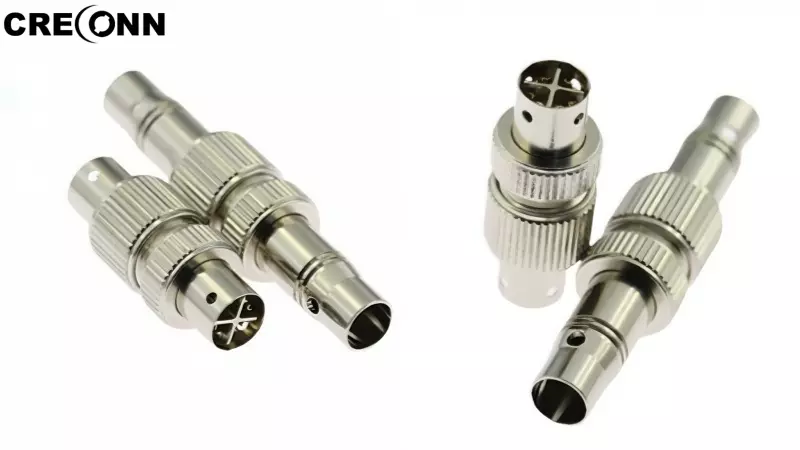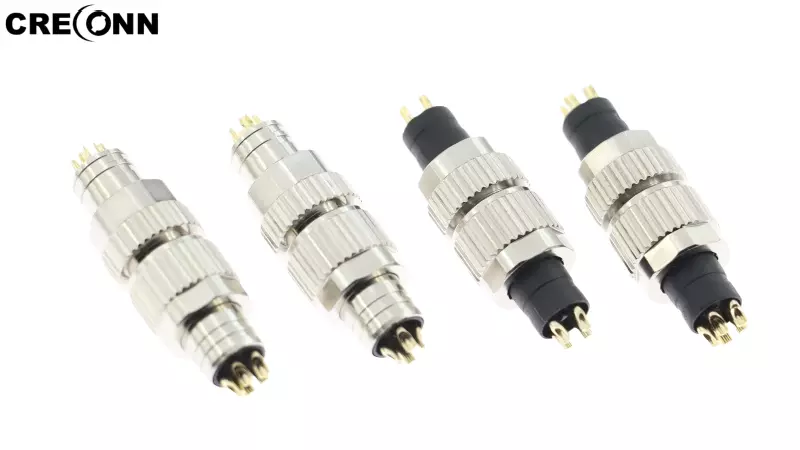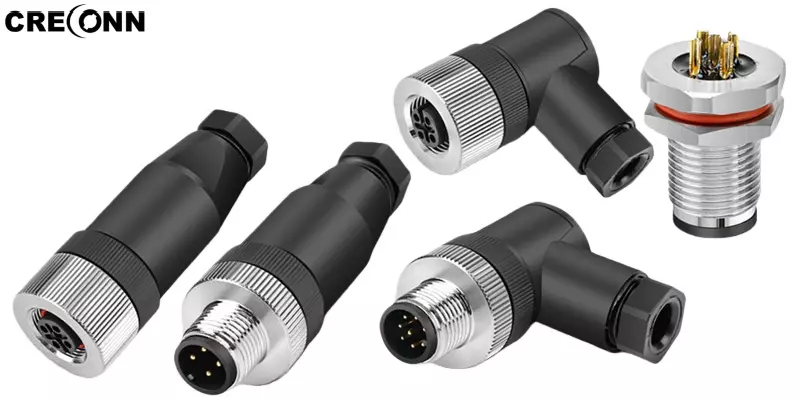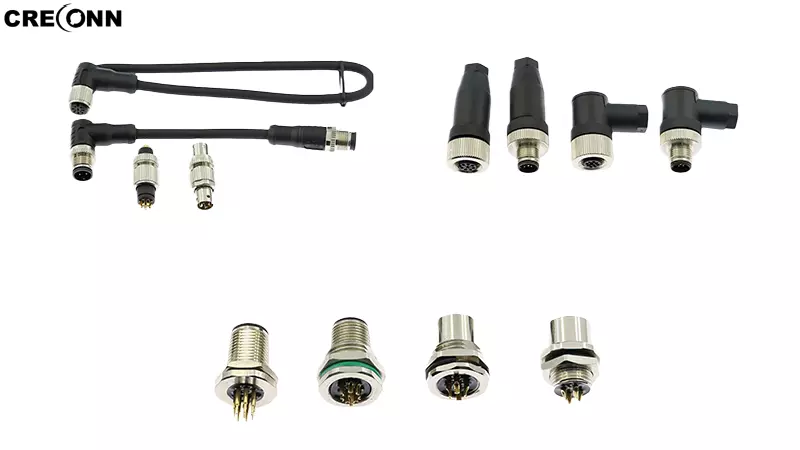Pogopin Selection Guide
Pogopin Selection Guide
As precision spring-loaded probes, Pogopins are widely used in consumer electronics, industrial equipment, and other fields. However, improper selection can easily lead to product failures. Below are 5 core points to help you quickly master the scientific selection logic.
1. Define the Scenario First: Clarify Core Requirements
Performance requirements vary significantly across different scenarios:
• Consumer Electronics (Watches/Headphones): Prioritize miniaturization (diameter 0.5-2mm) and lightweight design, with plug-in durability ≥5000 cycles;
• Industrial Equipment (Sensors/Fixtures): Focus on high current capacity (≥5A), resistance to high and low temperatures (-40℃~125℃), and gold plating for corrosion resistance;
• Medical Devices (Monitors): Require FDA-certified biocompatibility and contact resistance ≤20mΩ;
• Automotive Electronics: Meet IP67 protection standards, with resistance to high temperatures (-55℃~150℃) and vibration.
2. Focus on Key Parameters: 5 Indicators for Compatibility
• Working Stroke: Reserve 0.1-0.2mm redundancy to avoid poor contact caused by assembly errors;
• Contact Force: 10-30g for consumer electronics, 50-100g for industrial equipment—balance contact stability and wear;
• Current Carrying Capacity: 1-2A for 1mm diameter, 3-5A for 2mm diameter; custom thickened probes are needed for high-current scenarios;
• Contact Resistance: High-quality products ≤20mΩ, precision scenarios ≤10mΩ; be wary of inferior products with imitation gold plating;
• Service Life: 5000-10,000 cycles for consumer grade, 10,000-50,000 cycles for industrial grade; models with plating thickness ≥0.5μm are more durable.
3. Structure & Material: Details Determine Reliability
• Structure Selection:
◦ Single-pin type: Suitable for small spaces (e.g., watch charging);
◦ Multi-pin array: Pay attention to pin pitch (0.8-2mm) and positioning accuracy;
◦ Guided sleeve type: Improves assembly accuracy, suitable for vibration scenarios.
• Material Preference:
◦ Main body: Beryllium copper (good elasticity) > Phosphor bronze (low cost);
◦ Spring: Stainless steel 304/316 (rust-proof and stable), avoid carbon steel;
◦ Plating: Gold plating (0.1-0.5μm) for general use, gold-nickel alloy for high wear resistance, tin plating for low-cost (non-high-frequency scenarios).
4. Supplier Selection: 3 Steps to Avoid Risks
• Sample Testing: Test contact resistance stability and plug-in durability;
• Qualification Verification: Check certifications like ISO9001, IATF16949 (automotive grade); biocompatibility reports required for medical use;
• Customization Capability: Avoid "qualified samples but failed mass production".
5. Avoid 3 Common Misconceptions
• ❌ Price-only focus: Prone to inferior springs and thin plating;
• ❌ Ignoring tolerances: No stroke redundancy leads to poor contact;
• ❌ Overpursuing parameters: Causes unnecessary cost waste.
Guangdong Corecon Precision Industry Co., Ltd. has been a professional manufacturer of pins, sockets,pogo pins, pogo pin connectors and hardware CNC precision parts in China for 18 years. And we have gotten certificate of ISO9001 and IATF16949. If you have any questions about the pin and socket industry, please contact us and we will provide you with free, one-stop professional solutions within 24 hours.
